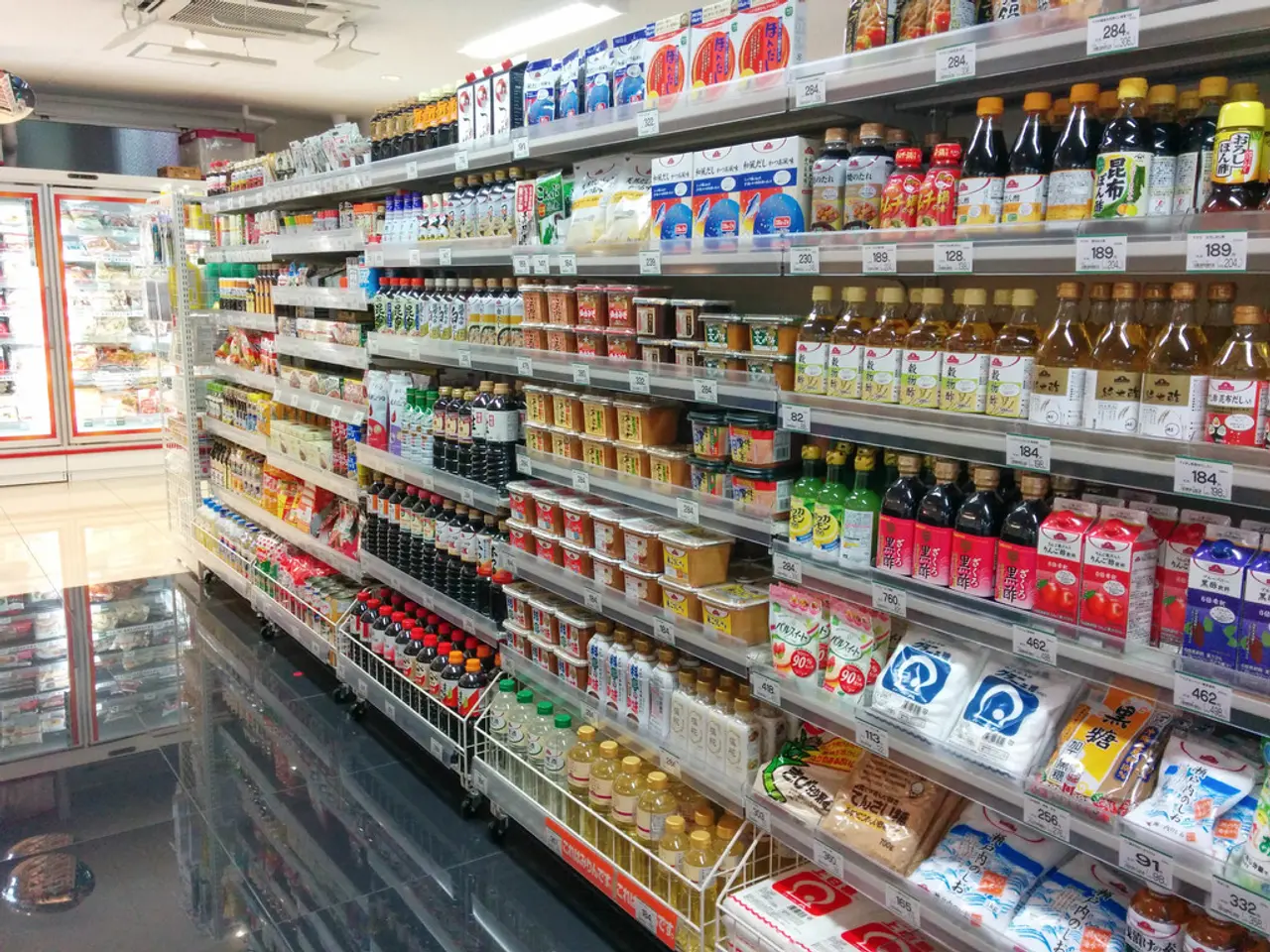Rising Costs at Gas Stations during Summer Season
The price of gasoline in the United States has been a topic of interest for many this summer. Let's take a closer look at the factors that are shaping the current gas prices.
As of August 8, 2022, the national average price for a gallon of regular gasoline in the U.S. stands at $3.156, according to AAA. This figure represents a slight increase from the average price a month ago, which was $3.149 per gallon. However, it is still lower than the average price a year ago, which was $3.455 per gallon.
One of the key factors influencing gas prices is the switch from winter-blend to summer-blend gasoline, which occurs between May 1 and September 15. The summer-blend gasoline is more expensive to produce, and this cost is passed on to consumers.
The price of gasoline also varies significantly from state to state. On average, the most expensive state typically costs about $2 more per gallon of regular gasoline than the least expensive state.
The price of crude oil plays a significant role in determining gas prices. Big swings in gas prices are almost always due to the price of crude oil. It's important to note, though, that the price at the pump rarely reflects the day's market conditions. Instead, it represents costs incurred weeks, even months before.
The cost of oil typically represents more than half of the cost of a gallon of gasoline, according to the U.S. Energy Information Administration (EIA).
Currently, oil prices are experiencing a temporary upward pressure due to several factors. Despite overall stable market conditions, oil prices are rising this week due to a geopolitical risk premium embedded in prices, strategic supply-side factors, and OPEC+ production restraint.
The geopolitical risk premium is primarily due to persistent uncertainties related to U.S. sanctions on Russian oil and U.S. tariff policies towards major buyers like India and China. These risks maintain a price floor even while ceasefire optimism exists.
OPEC+ countries are unwinding production cuts slowly and maintaining some discipline in output growth, which limits the oversupply glut. Moreover, strategic stockpiling programs by countries like China add demand support despite long-term demand risks.
Aggressive tariff policies and sanctions reduce Russian oil exports, creating a supply gap estimated around 2.75 million barrels per day. This tightens effective market supply despite global overproduction forecasts.
Market volatility arises from sudden geopolitical developments or trade policy announcements. While the global market anticipates a surplus and lower prices due to weakening demand from China’s energy transition and slower industrial growth, short-term price fluctuations occur.
In summary, even though the global oil market fundamentals signal a surplus and downward pressure on prices through 2025, the current temporary upward pressure on prices reflects geopolitical risk premiums, sanctions-driven supply constraints, and strategic producer behavior that counterbalance the supply-demand outlook at least in the immediate term.
- To better manage personal finance, a savings app could provide analysis on the impact of rising gas prices on monthly expenses due to industry trends and the cost of oil.
- In the realm of finance, an analysis of current gas prices reveals a noticeable increase since the switch from winter-blend to summer-blend gasoline, which is more expensive to produce.
- Despite some energy experts predicting a potential overall glut in the oil industry, the current rise in crude oil prices is driving up the cost of gasoline in the United States, with OPEC+ production restraint and geopolitical risks playing significant roles.




